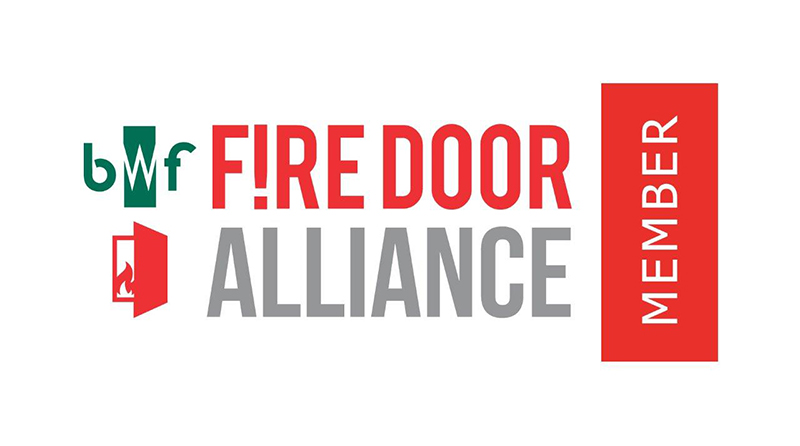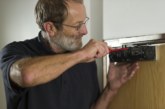During Fire Door Safety Week, Graham Hulland, Product Marketing Manager at dormakaba, explains how to ensure fire door closers are specified correctly and comply with the relevant legislation.
Fire safety is of the utmost importance for local authority specifiers, and there are a multitude of factors to consider, to ensure the safety of occupants in the event of a fire. This includes helping tenants to follow the correct evacuation procedures and helping fire fighters to tackle the blaze.
Door closers are fundamental to this, as fire doors must remain closed to be effective and prevent the spread of smoke and fire by compartmentalising it to one area. However, for what seems such a simple mechanism – there are variety of complex issues to consider.
Be aware of the legislation
Approved Document B of the Building Regulations is a key source for fire regulation guidance in England, providing advice on mitigating fire risks in all areas of the building. It states that certain fire doors must be self-closing, such as fire rated flat entrance doors.
How to ensure compliance
In the UK, door closers should be CE marked to BS EN1154, demonstrating that the product is mechanically sound and has been subjected to fire testing. The product must also have a Declaration of Performance (DoP) from the manufacturer. Without this DoP, this CE mark is invalid, and the product should not be considered for use on any fire door.
Alongside this, the hardware must have been tested and had its performance verified by a third-party scheme. Certification from a scheme such as Certifire will ensure the product meets the fire and mechanical performance requirements and is fit for purpose.
To ensure your door closers are fire and access compliant and for advice on how to make an informed decision, visit www.dormakaba.co.uk



